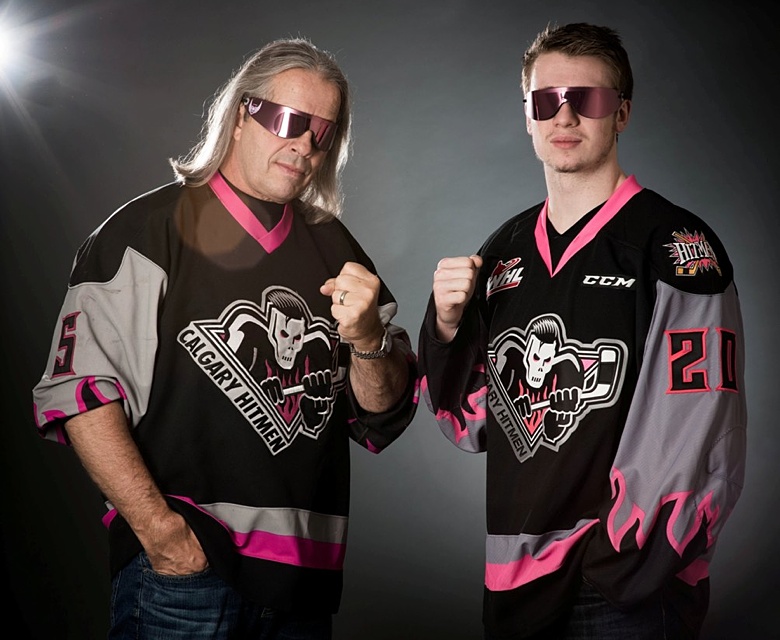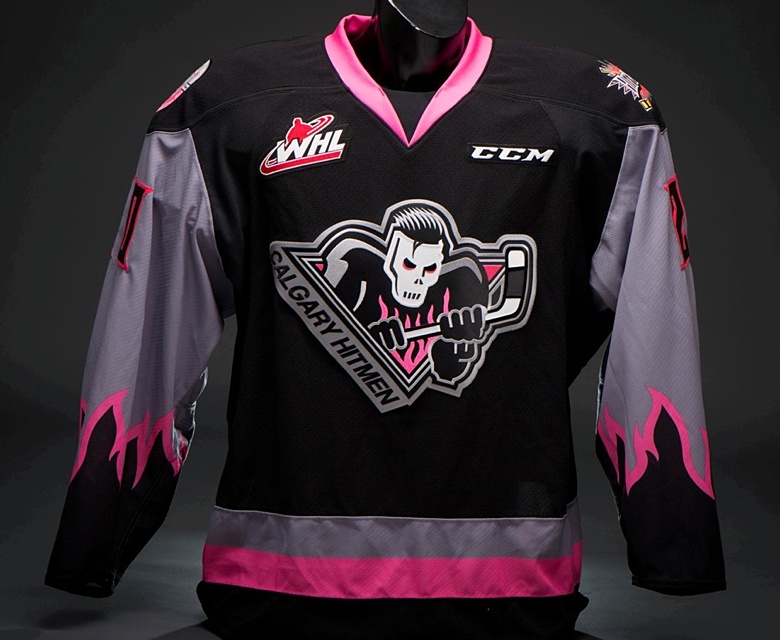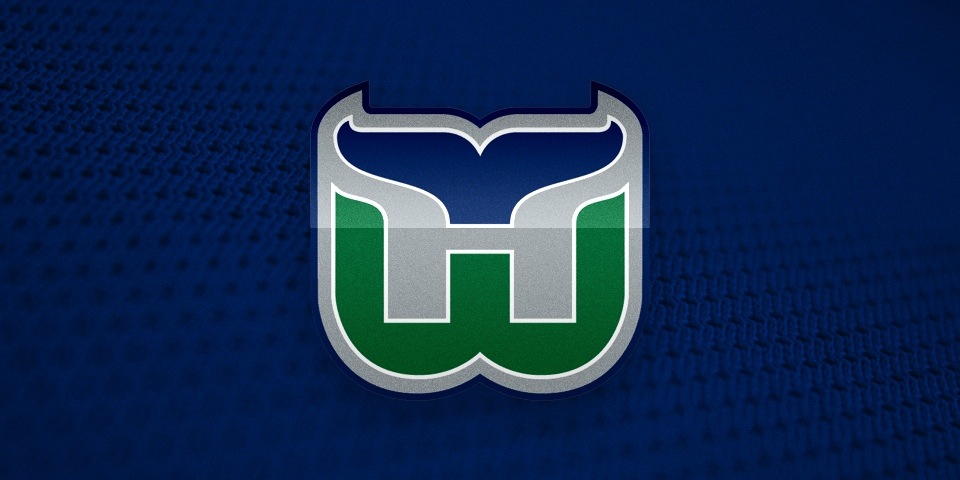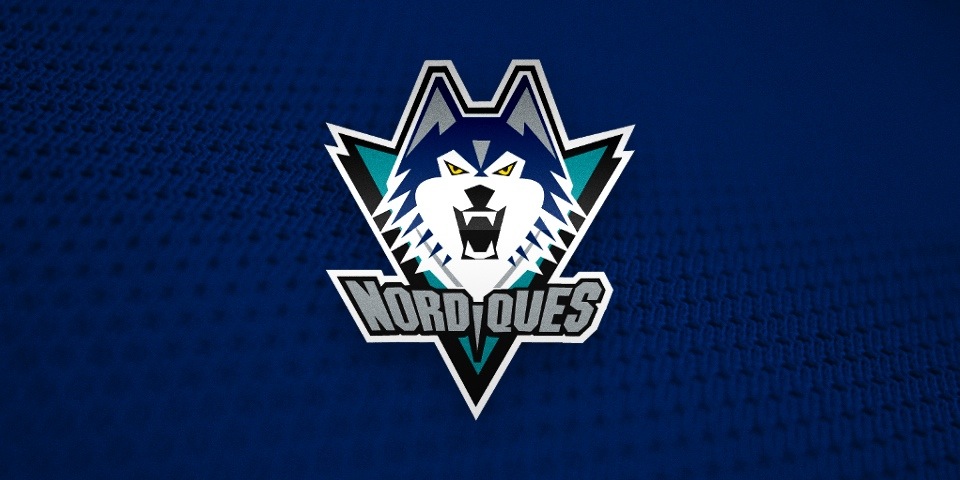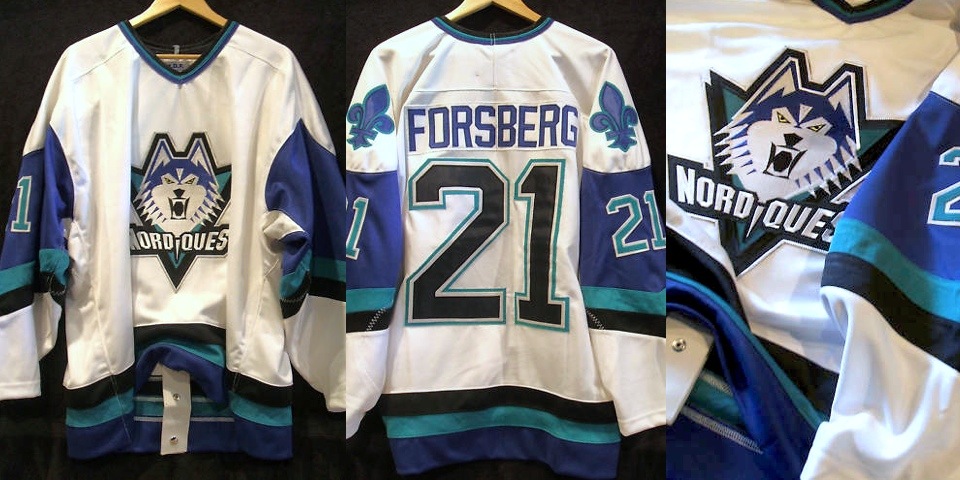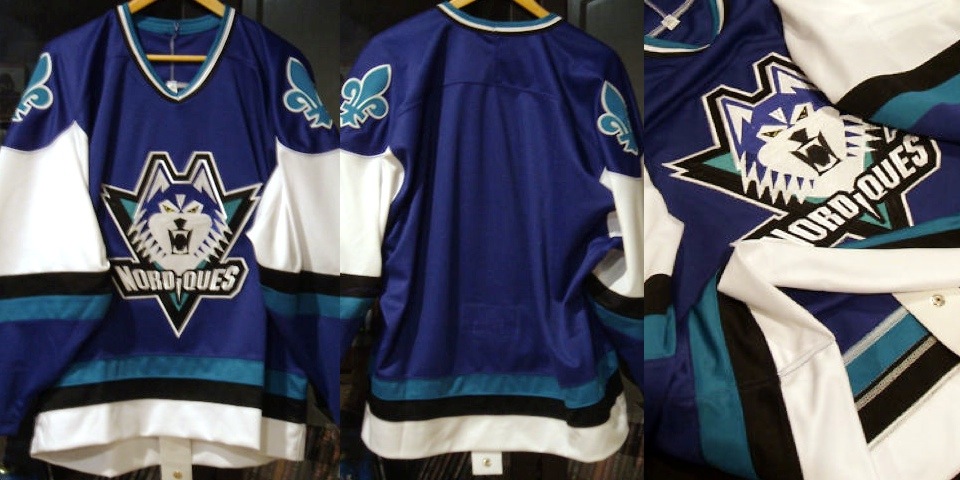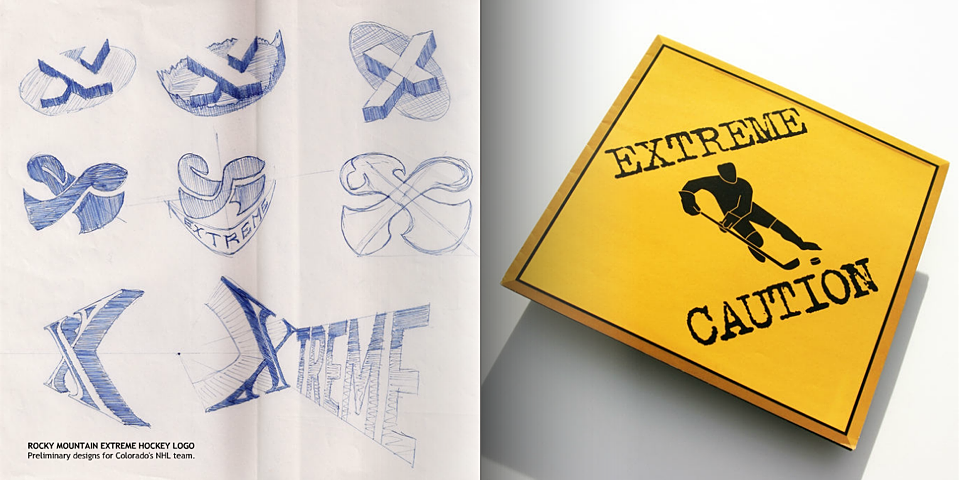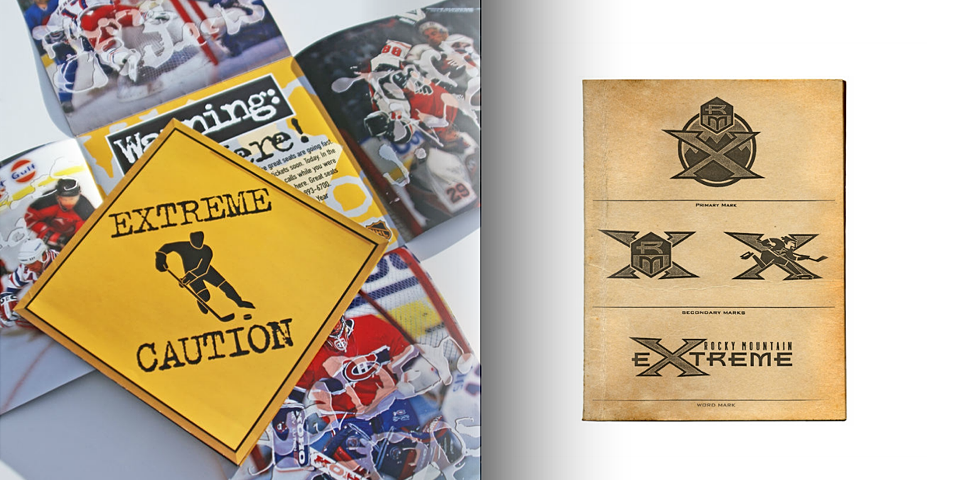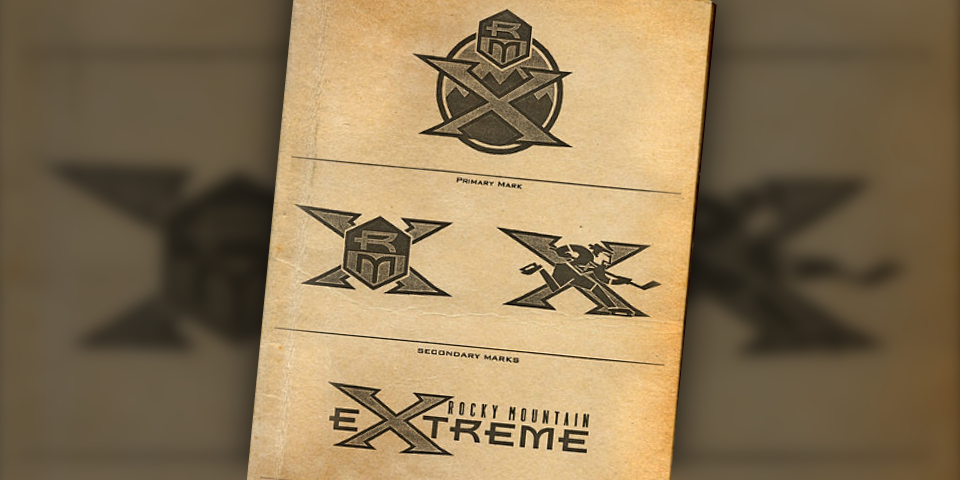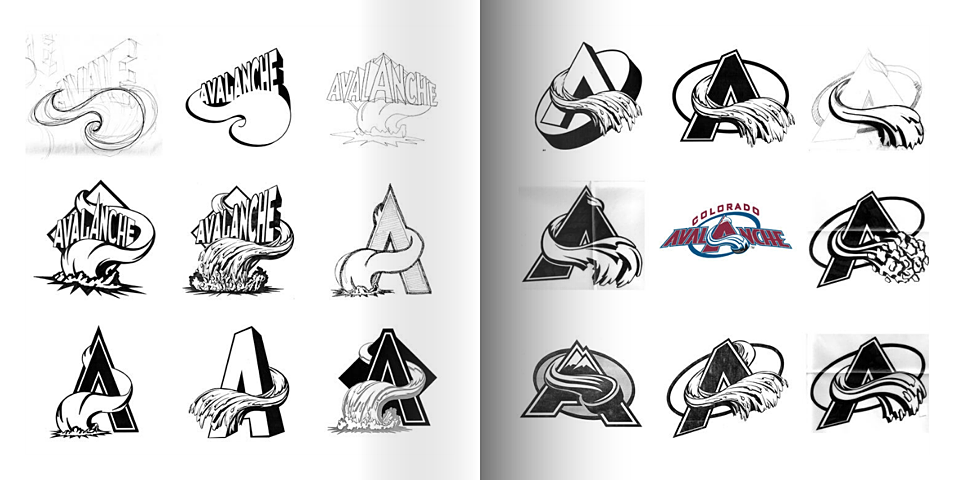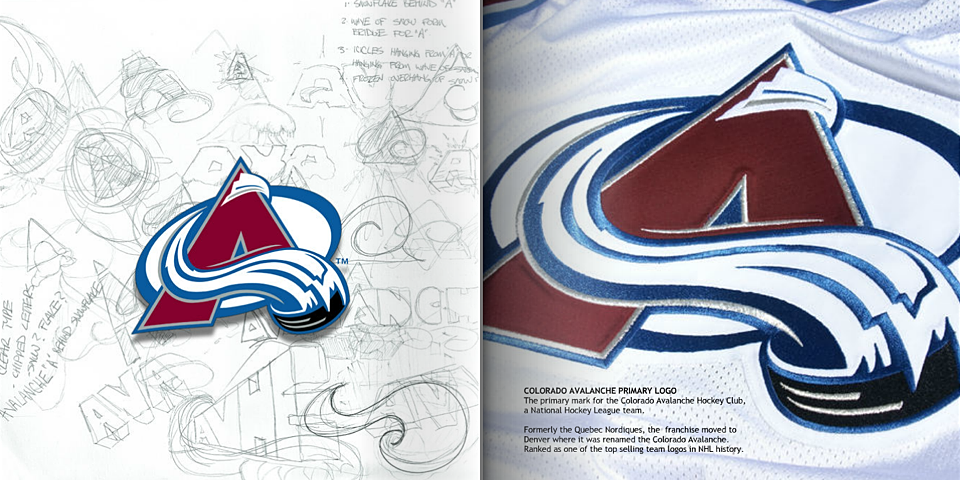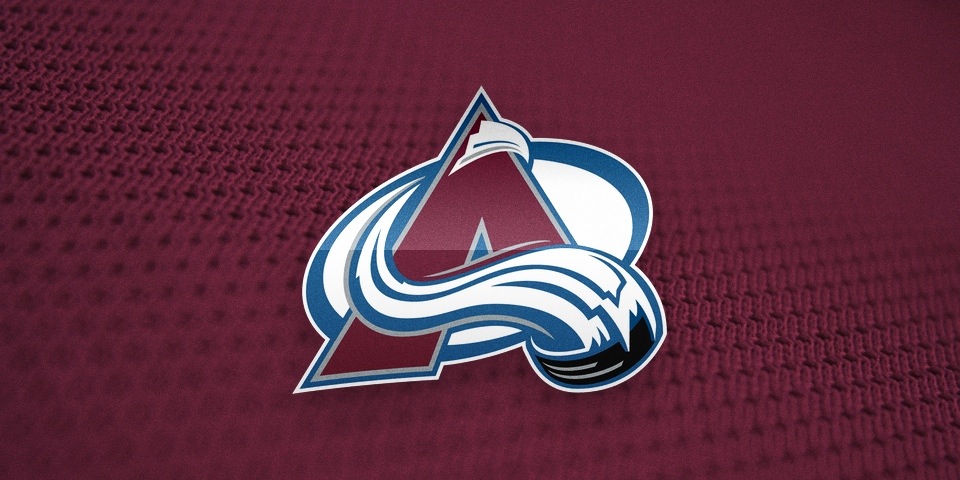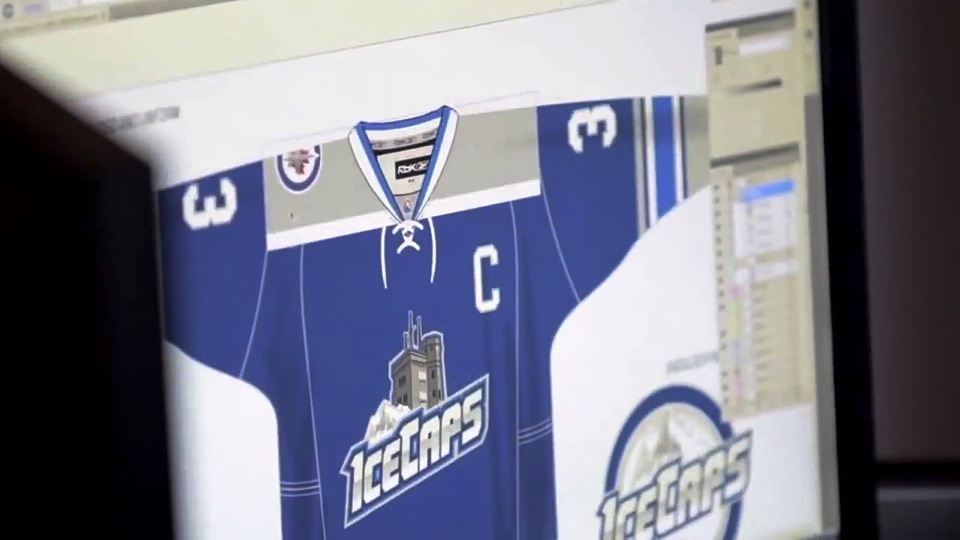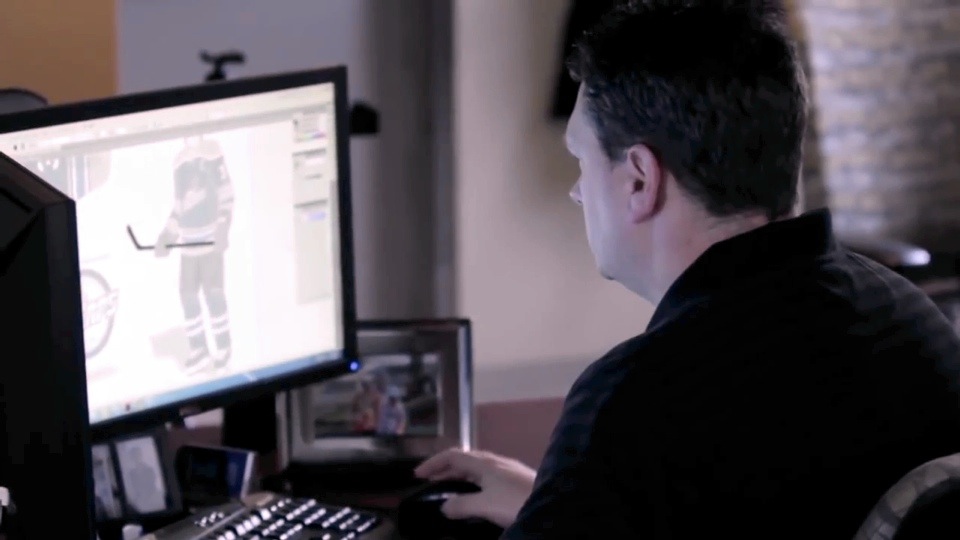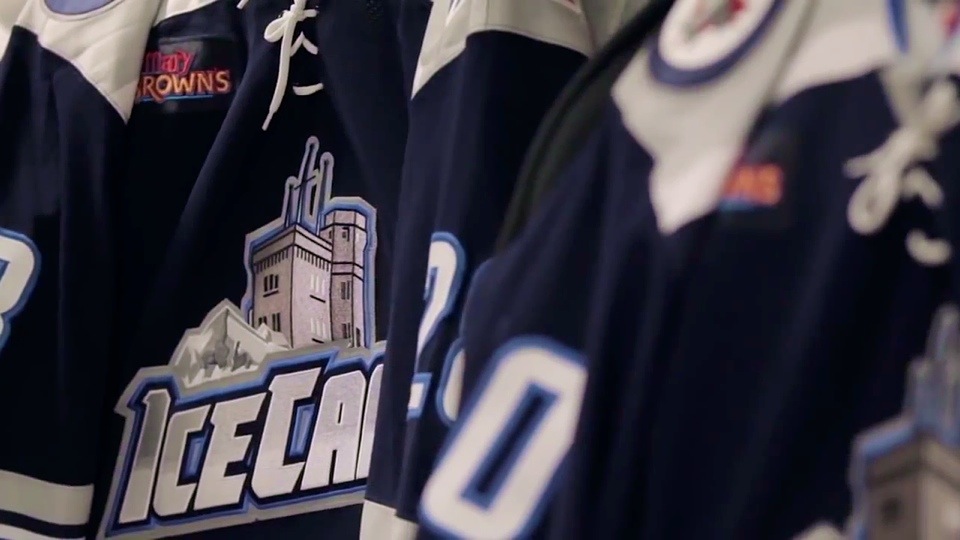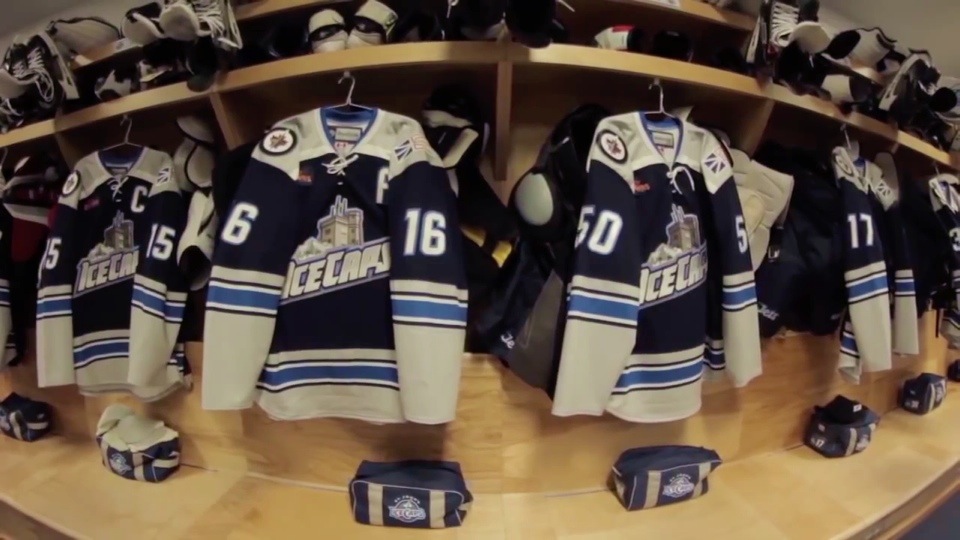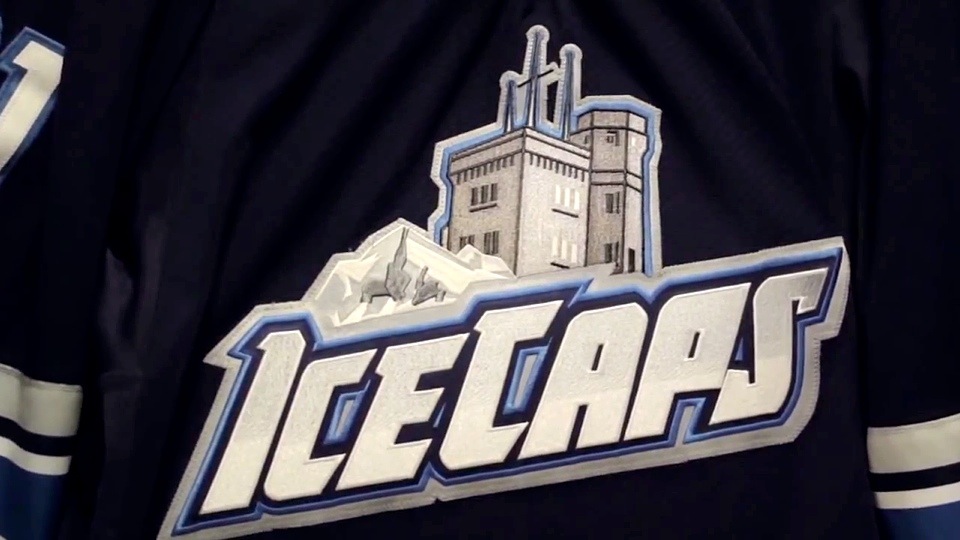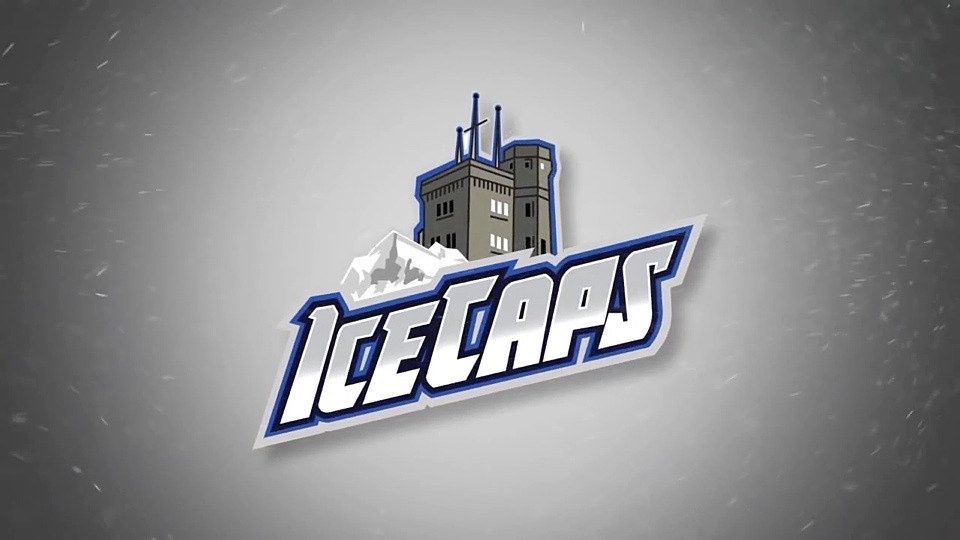NHL unveils 2015 Stadium Series game and logo
/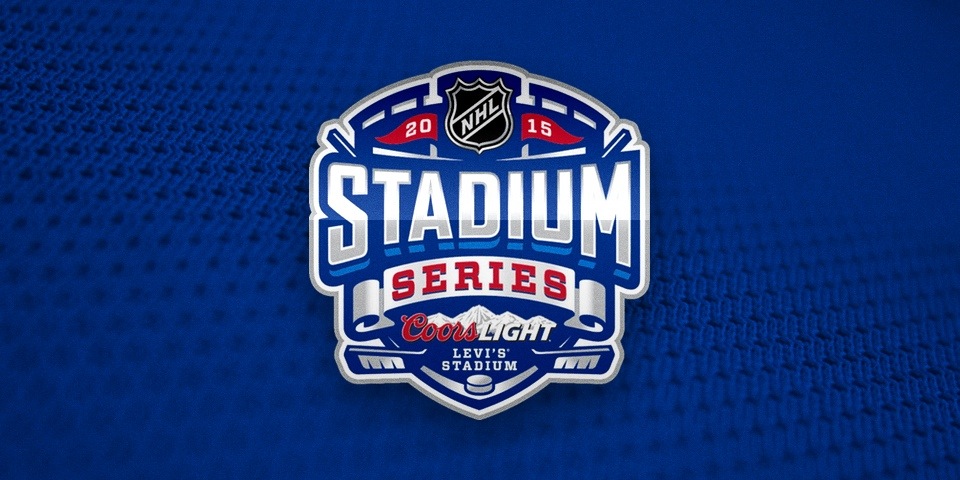
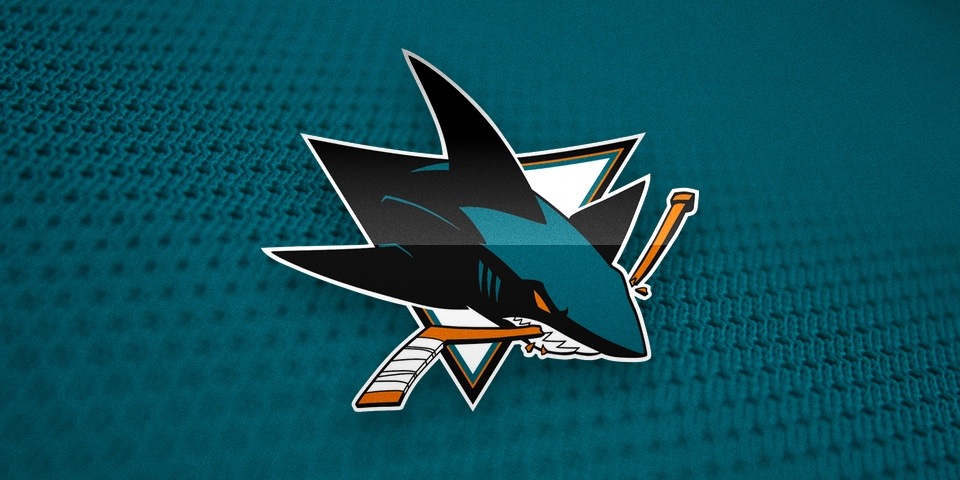
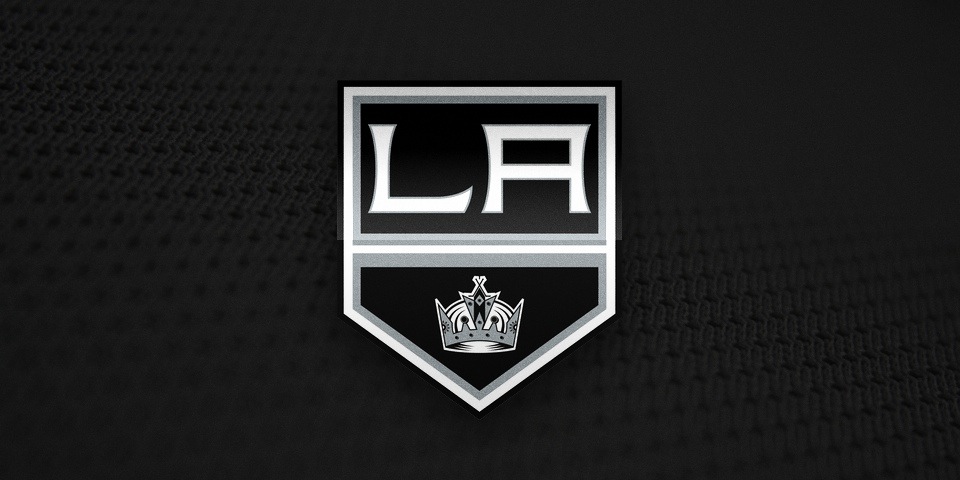
I've been working on the August edition of NHL JerseyWatch this week but had to take a break this morning to mention the NHL's announcement of the first 2015 NHL Stadium Series game.
The game will feature the San Jose Sharks and Stanley Cup champion Los Angeles Kings on Feb. 21 at Levi's Stadium, the new home of the NFL's San Francisco 49ers.
With the announcement of the event came the logo, of course, which has been updated for this season. Jerseys were not revealed, though you'll recall the "Chrome Collection" featured in the four outdoor games of the 2014 Stadium Series.
Apart from the Winter Classic in Washington, D.C., the league has yet to announce any other outdoor games for 2015, but you can't really call it a Stadium "Series" if there's only one. One big rumor out there has the Bruins hosting Montreal at Gillette Stadium.
For now, feel free to speculate on jersey design. I'm sure I'll have no shortage concepts to share in the coming weeks. The Sharks will have something new, but should the Kings bring back the greys?

